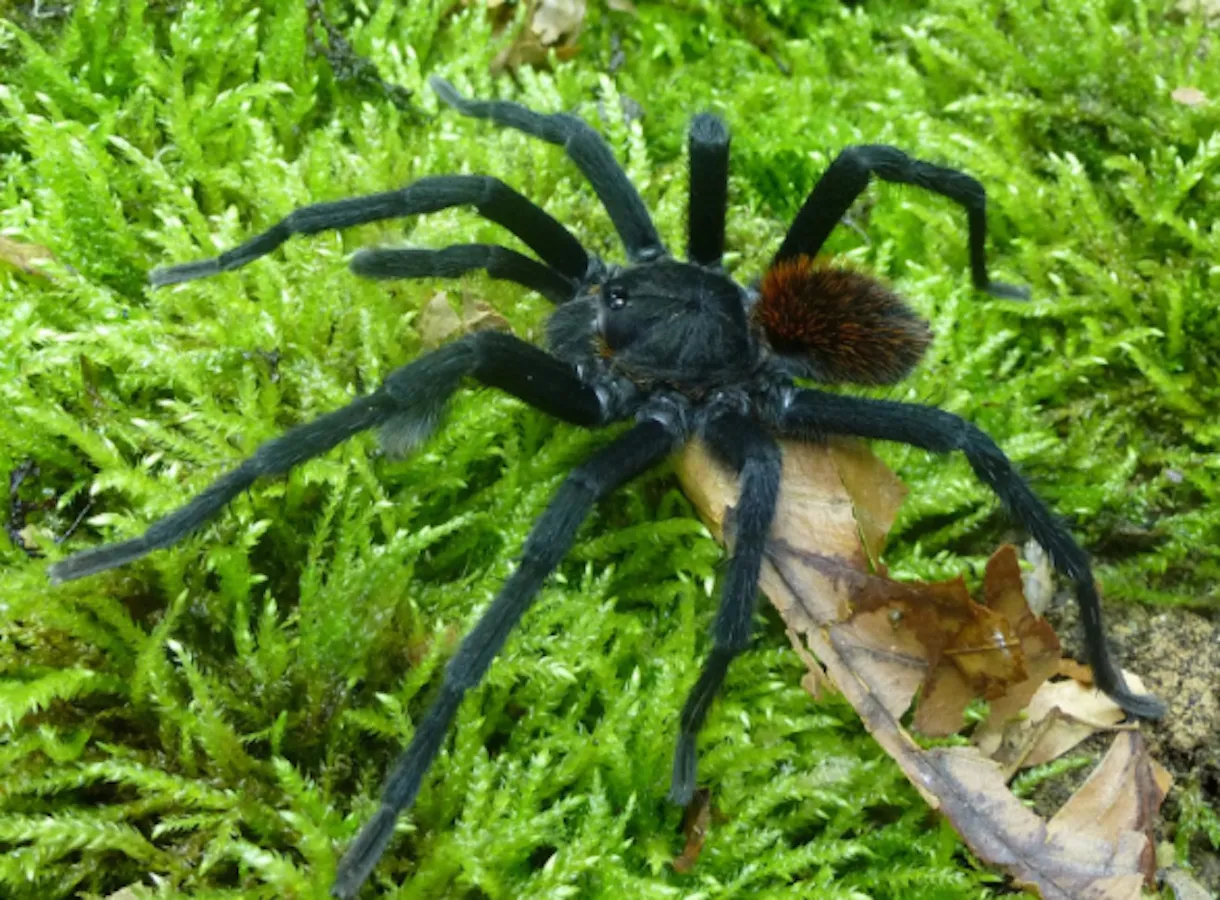Introduction
Tarantulas, with their impressive size and often intimidating appearance, are fascinating creatures. While most tarantula species are not considered highly dangerous to humans, some possess venom potent enough to cause significant discomfort and, in rare cases, serious health issues. This article delves into the top 5 most dangerous tarantula species, exploring their characteristics, venom, and behaviors. Understanding these spiders is crucial for anyone interested in tarantulas, whether as enthusiasts or simply curious observers. This guide aims to provide a comprehensive overview, helping you to appreciate these creatures while respecting their potential dangers. Remember that responsible handling and awareness are key to ensuring a safe and enjoyable experience with tarantulas.
The Goliath Birdeater (Theraphosa blondi)
As the world’s largest tarantula, the Goliath Birdeater commands respect. Native to the rainforests of northern South America, this giant spider can have a leg span of up to 12 inches. Its size alone makes it a formidable creature, but its other attributes contribute to its dangerous reputation. While its venom isn’t exceptionally potent, the sheer size of the fangs and the potential for a significant bite make it a species to be cautious around. The Goliath Birdeater is a powerful hunter, feeding on insects, small reptiles, and occasionally, small birds, as its name suggests. Due to its size, a bite can be painful and can cause muscle cramps.
Appearance and Characteristics
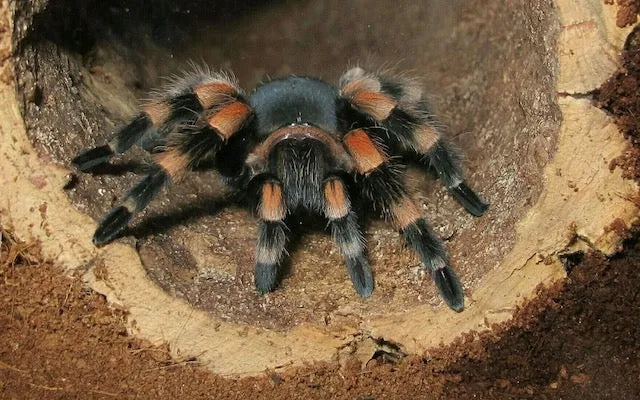
The Goliath Birdeater is easily recognizable due to its immense size and hairy body. Its coloration ranges from dark brown to tan. The spider’s legs are thick and powerful, allowing it to move swiftly. The Goliath Birdeater also possesses urticating hairs on its abdomen. These hairs can be flicked off and are irritating to the skin and eyes, serving as a defensive mechanism against potential predators. These hairs can cause a burning sensation and itchiness if they come into contact with human skin. Therefore, it is extremely important to avoid any direct contact.
Venom Potency and Effects
The venom of the Goliath Birdeater is not considered highly toxic to humans compared to some other tarantula species. The effects of a bite are generally localized, causing pain, swelling, and redness at the bite site. However, the size of the spider and its large fangs mean that a bite can be quite painful. Symptoms might include muscle cramps, nausea, and a general feeling of malaise. Medical attention is rarely required, but it’s always wise to monitor the bite and seek medical advice if symptoms worsen. The Goliath Birdeater’s primary defense is its size and urticating hairs, rather than its venom.
Defensive Behaviors and Threats
The Goliath Birdeater is generally not aggressive, but it will defend itself if threatened. It will initially try to escape or flick its urticating hairs. If cornered, it will rear up, displaying its fangs as a warning. The primary threat to this species is habitat loss due to deforestation. They are also occasionally collected for the pet trade, which poses another threat to their populations. While not an aggressive species, their size and defensive behaviors warrant caution when interacting with them. Proper handling techniques are essential for their safety and your own.
The Brazilian Wandering Spider (Phoneutria)
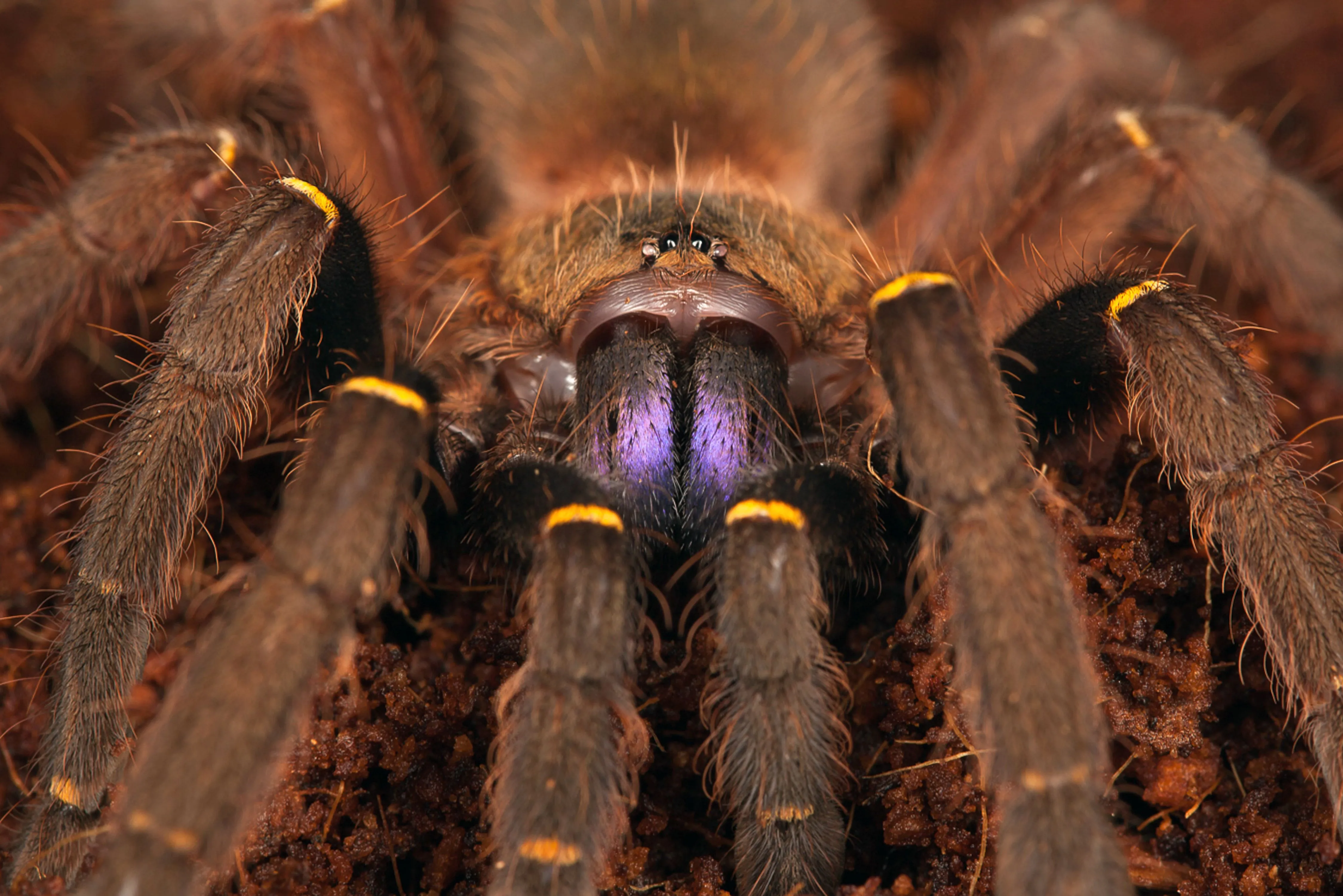
The Brazilian Wandering Spider, often called the banana spider, is one of the most venomous spiders in the world. These spiders are native to South America and are known for their aggressive behavior and potent venom. Unlike many tarantulas that rely on burrows, these spiders actively wander the forest floor, searching for prey. Their venom contains a complex mix of toxins that affect the nervous system, making bites from this species a serious medical concern. The Brazilian Wandering Spider is responsible for a significant number of human envenomations each year, highlighting the importance of recognizing and avoiding this dangerous spider. The spider is also known for its potent venom that can cause painful erections in men.
Habitat and Lifestyle
Brazilian Wandering Spiders are found in tropical regions of South America, including Brazil, Argentina, and Uruguay. They are nocturnal hunters, active at night, and prefer to hide during the day in dark, humid places. This includes under rocks, logs, and inside homes. Unlike many other spider species, they do not build webs. They actively wander in search of food. Their diet consists of insects, small vertebrates, and other spiders. Their wandering nature and preference for hiding in human environments often lead to accidental encounters, which contributes to the high incidence of bites.
Aggressiveness and Venom
The Brazilian Wandering Spider is known for its aggressive behavior, often raising its front legs as a defensive posture when threatened. Their venom is highly toxic, containing neurotoxins that affect the nervous system. A bite can cause intense pain, sweating, irregular heartbeat, blurred vision, and in severe cases, paralysis and death. This spider’s venom also contains a compound that can lead to priapism, a prolonged and painful erection in human males. The effects of a bite can be rapid, and medical treatment, including antivenom, is crucial for survival. The potency of their venom and their aggressive behavior make this species particularly dangerous.
Medical Significance of Bites
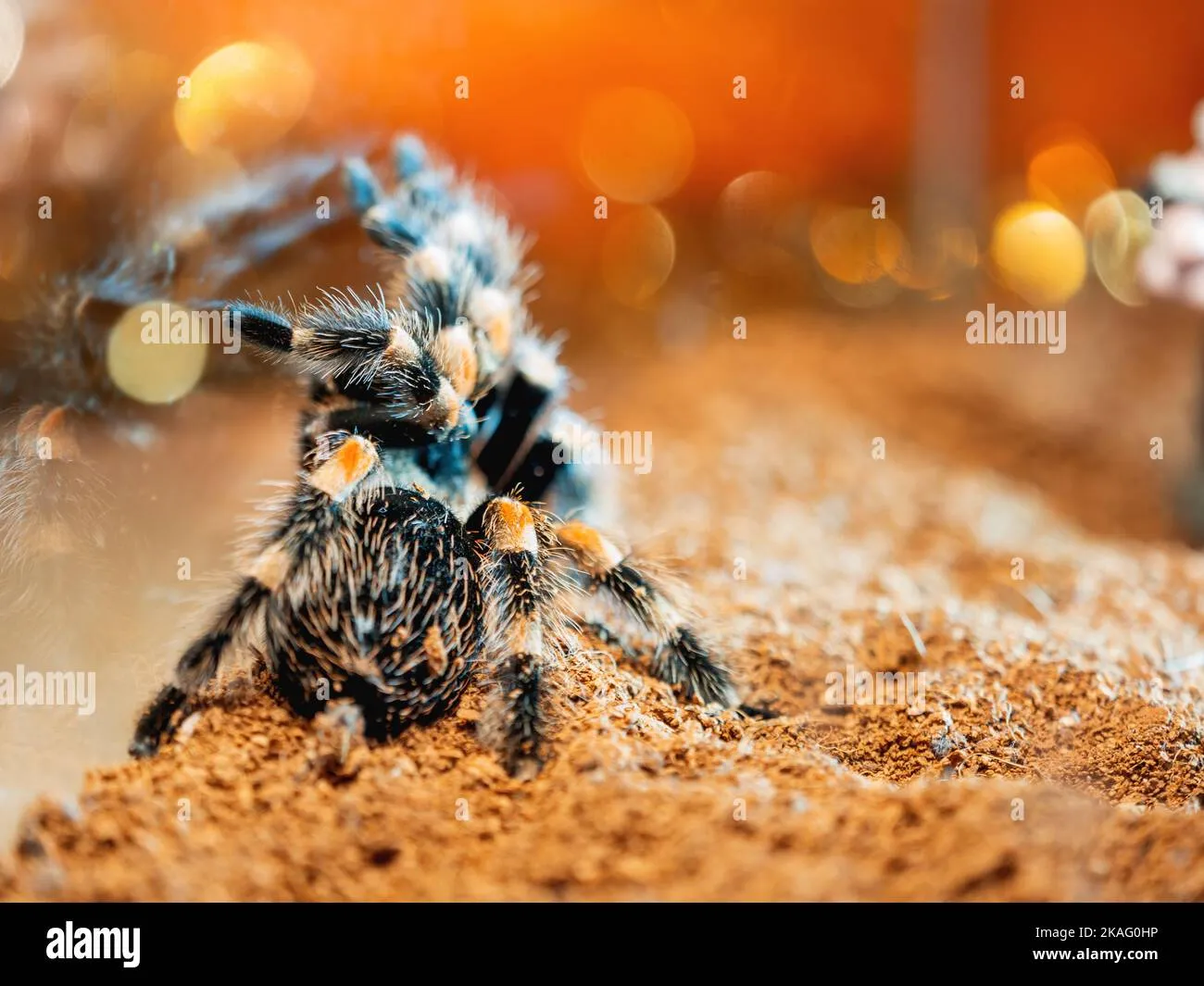
Bites from the Brazilian Wandering Spider require immediate medical attention. Antivenom is available and can significantly reduce the severity of symptoms if administered promptly. Medical professionals must monitor the patient’s vital signs, provide pain relief, and address any systemic complications. The venom’s neurotoxic effects can lead to respiratory failure, requiring assisted ventilation. The incidence of bites, coupled with the venom’s potency, makes this spider a significant public health concern in its native regions. Educating people about how to identify these spiders and preventing accidental encounters are vital measures in reducing the number of envenomations.
The Indian Ornamental Tarantula (Poecilotheria regalis)
The Indian Ornamental Tarantula is a beautiful but highly venomous species. Native to the forests of India, this spider is known for its striking coloration and potent venom. Its arboreal lifestyle and aggressive temperament make it a spider to be avoided. This species is known for its rapid movements and tendency to bite if provoked, making it a significant threat to those who encounter it. Proper handling and knowledge of its behaviors are crucial for minimizing the risk of bites. The Indian Ornamental Tarantula is often kept in captivity, adding to the need for responsible and informed care.
Distinctive Features and Habitat
The Indian Ornamental Tarantula is easily recognizable by its intricate patterns and vibrant colors. Its body is typically a dark gray or black, with distinctive yellow and white markings on its legs and carapace. This spider is arboreal, meaning it lives primarily in trees, constructing webs in tree hollows and under bark. It is native to the tropical forests of India, where it plays a vital role in the ecosystem. The spider’s habitat is threatened by deforestation, which endangers its populations. Understanding their preferred habitats helps in avoiding them and appreciating their place in the natural world.
Potency of Venom and Symptoms
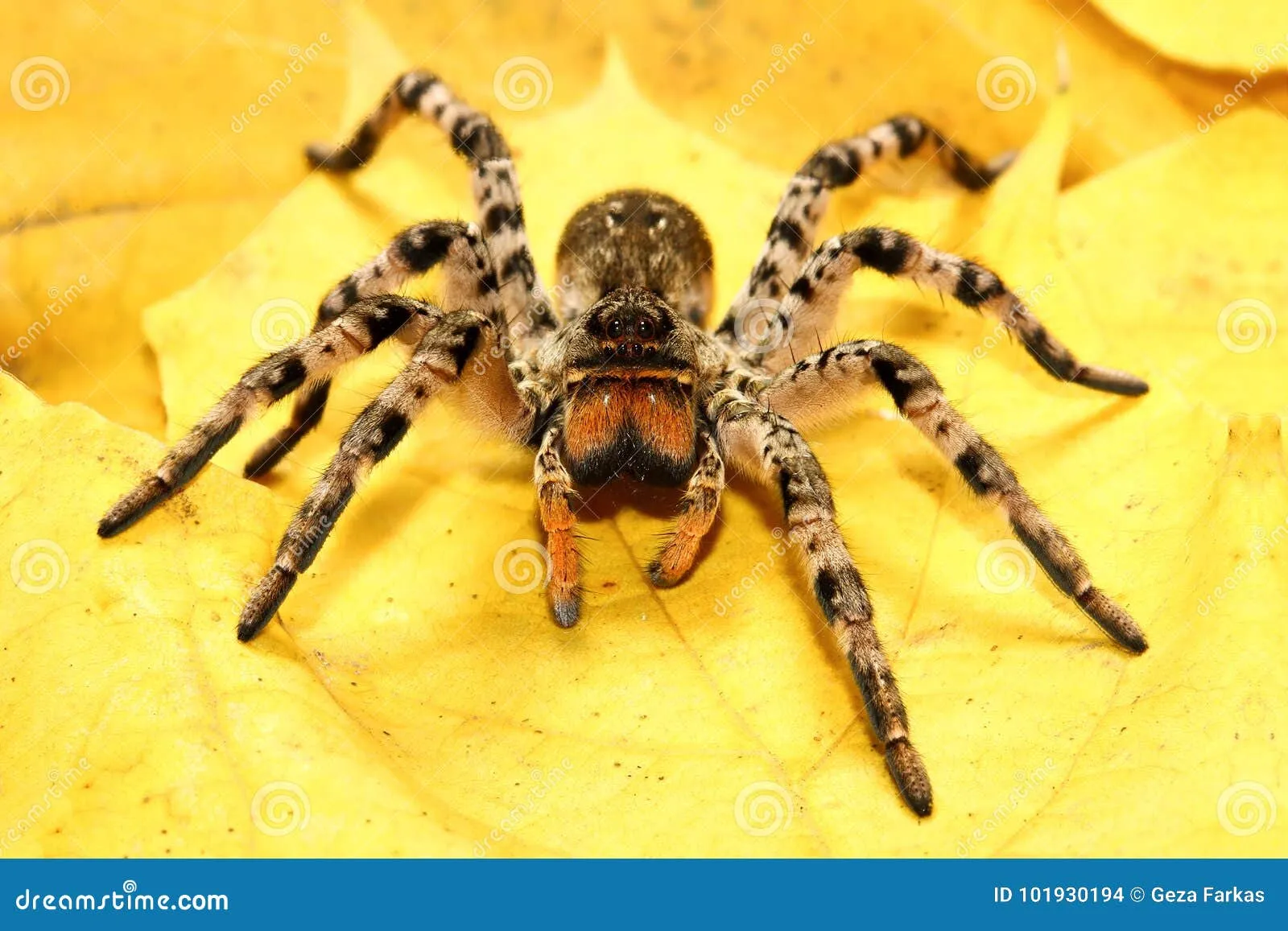
The venom of the Indian Ornamental Tarantula is considered to be quite potent. A bite can cause intense pain, muscle cramps, and a range of systemic symptoms. Symptoms may include fever, sweating, and in severe cases, difficulty breathing or cardiac issues. While fatalities are rare, the effects of a bite can be debilitating, requiring medical attention. Because of its potentially severe effects, it is essential to avoid contact with this species. Medical treatment may involve pain management, antivenom (if available), and supportive care to alleviate symptoms.
Defensive Posture and Behavior
The Indian Ornamental Tarantula is a fast and aggressive species. It will readily bite if provoked, displaying a threat posture by raising its front legs and fangs. It is a defensive spider that is not afraid to attack. The spider’s rapid movements and arboreal lifestyle make it a challenging spider to deal with, hence the need for utmost caution when handling or observing it. If you encounter this spider in the wild, maintaining a safe distance is strongly advised. Responsible pet ownership includes proper knowledge about the species’ behavior and handling.
The King Baboon Spider (Pelinobius muticus)
The King Baboon Spider, also known as the Kilimanjaro Baboon Spider, is a formidable species native to East Africa. This tarantula is known for its large size, powerful bite, and potent venom. It is a burrowing species, spending most of its time underground, which further contributes to its relative danger. Their defensive nature and the effects of their venom make them a species to be cautious of. The King Baboon Spider is also a popular choice for those who are experienced with spiders, who are looking for a species that can be kept as a pet.
Appearance and Temperament
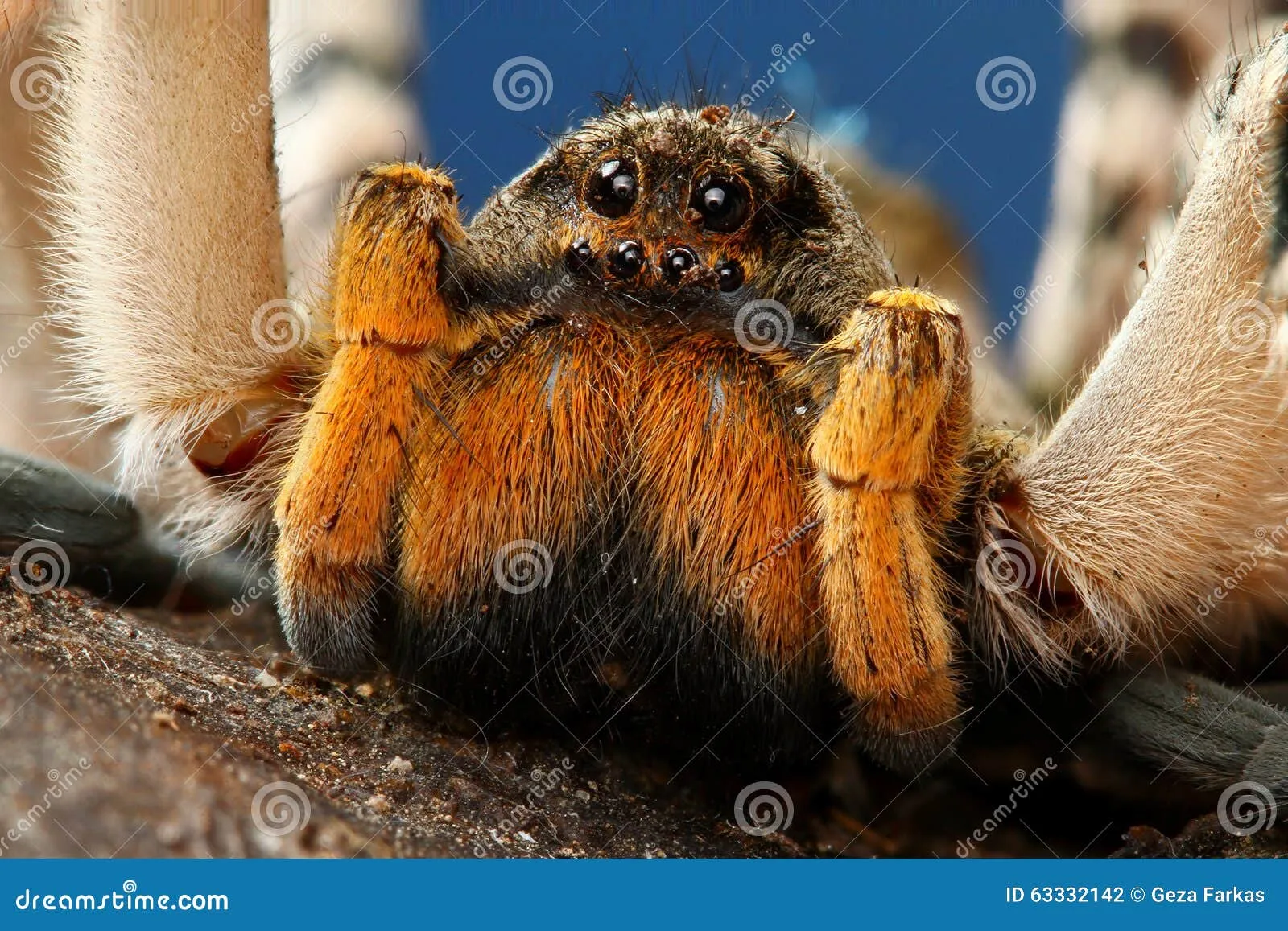
The King Baboon Spider is a robust tarantula with a distinctive appearance. It has a dark brown or reddish-brown body covered in dense hairs. This spider is large, with females reaching a leg span of up to 8 inches. Its temperament is generally considered defensive, often exhibiting aggressive behaviors when threatened. The King Baboon Spider is not likely to flee; instead, it will stand its ground. Its powerful fangs and defensive stance are clear signs of its readiness to defend itself if necessary. These factors make it a species that commands respect.
Bite and Venom Effects
The King Baboon Spider’s bite is considered medically significant, causing localized pain, swelling, and muscle cramps. Its venom can also lead to systemic symptoms, including nausea, vomiting, and fever. Although fatalities are rare, the severity of the symptoms can be considerable, especially for those with allergies or other health conditions. Because of this, medical attention is recommended after a bite. The effects of the venom often require treatment for the symptoms, with the patient being monitored closely. It’s critical to be aware of the potential risks associated with this species.
Preventive Measures
Preventive measures when dealing with the King Baboon Spider include avoiding unnecessary handling and maintaining a safe distance. For those who keep them as pets, it’s crucial to use appropriate enclosures and handling tools. Always wear gloves and use tongs if you need to handle the spider. Educating oneself about their behavior and potential dangers is essential. Recognizing their defensive posture and avoiding any actions that could provoke them is paramount to prevent bites. The use of proper equipment and techniques drastically lowers the risk of being bitten.
The Cobalt Blue Tarantula (Cyaneopubescens)
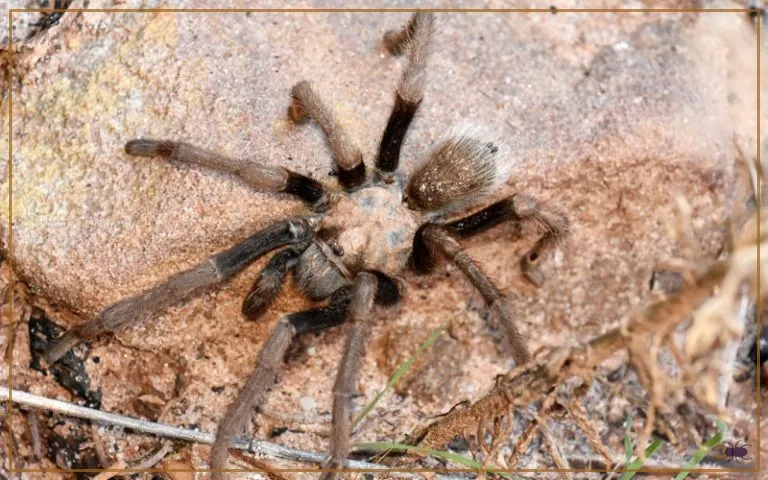
The Cobalt Blue Tarantula is a striking species known for its vibrant blue coloration and potent venom. Native to Southeast Asia, this tarantula is highly sought after in the pet trade. Its defensive behavior and the severity of its venom make it a species to be approached with caution. They are not generally recommended for inexperienced keepers. The Cobalt Blue Tarantula is a fast-moving and skittish spider, further increasing the risk of bites. It’s essential to be aware of its potential danger. The Cobalt Blue Tarantula is a burrowing species that hides during the day and comes out to hunt at night.
Appearance and Behavior
The Cobalt Blue Tarantula is one of the most visually stunning tarantulas, known for its metallic blue legs and body. The females are generally a darker shade, while males tend to have brighter coloration. They are fast-moving and nervous, which means they may bite if they feel threatened. These spiders are burrowers, preferring to hide in underground tunnels. They can be quite aggressive and will readily defend themselves. Their defensive posture includes rearing up and displaying their fangs. Their speed and defensive behaviors contribute to the danger they pose.
Venom Toxicity and Effects
The venom of the Cobalt Blue Tarantula is considered to be moderately potent, and a bite can cause significant pain, muscle cramps, and localized swelling. Symptoms may include nausea, headaches, and other flu-like symptoms. While fatalities are rare, the effects can be debilitating. Medical attention might be necessary, depending on the severity of the bite. While the venom is not as potent as some other tarantulas, its speed and aggressive nature increases the likelihood of a bite. Proper care and handling are vital for minimizing the risk of a bite.
Handling Precautions
Handling a Cobalt Blue Tarantula requires extreme caution and experience. Due to their speed and defensive nature, it is not recommended for inexperienced keepers. Always use long tongs to move the spider. If you must handle it, do so in a controlled environment, such as a secure enclosure. Keep the spider contained at all times to avoid escapes. Knowledge of their behavior and preparedness is necessary. Wearing gloves and eye protection is advisable to minimize the risk of injury. The risks associated with this species are significant, hence the need for taking all safety precautions.
Conclusion
While tarantulas are often admired for their beauty and intriguing behaviors, some species pose a significant danger. Understanding the characteristics, venom, and defensive behaviors of these spiders is essential for anyone interested in interacting with them. From the massive Goliath Birdeater to the vibrant Cobalt Blue Tarantula, each species presents unique challenges and risks. This guide provides a detailed look at the top 5 most dangerous tarantula species. Awareness, caution, and responsible handling are critical to minimizing the potential for harm. By respecting these fascinating creatures and understanding their potential dangers, we can appreciate their role in the natural world while staying safe.
